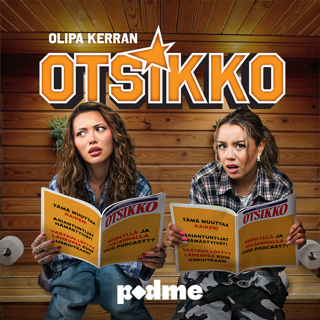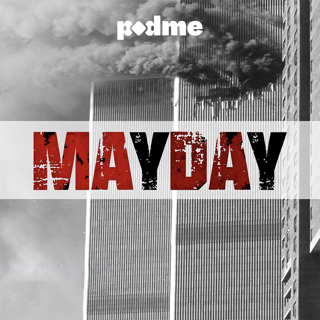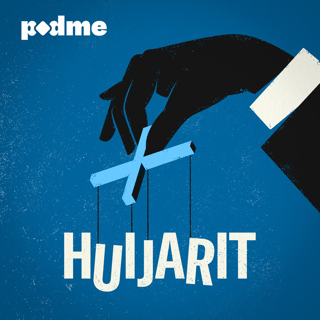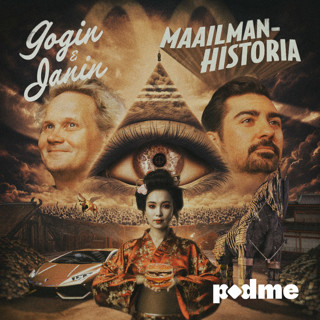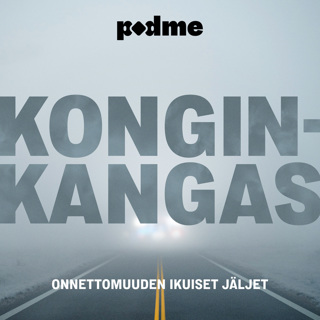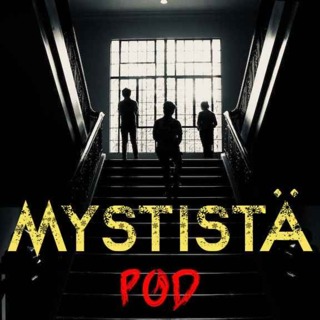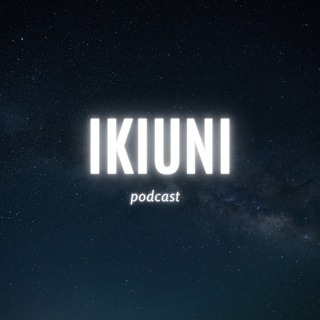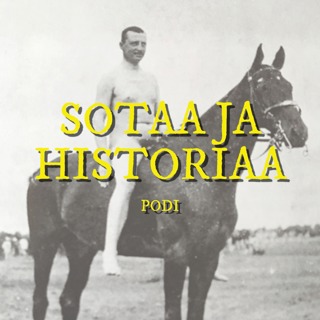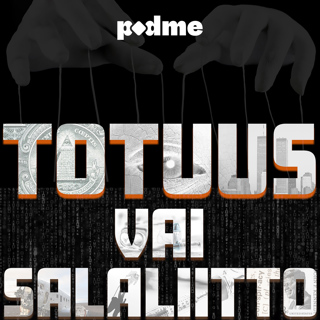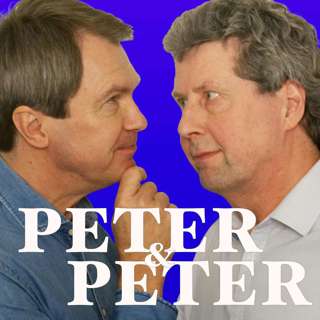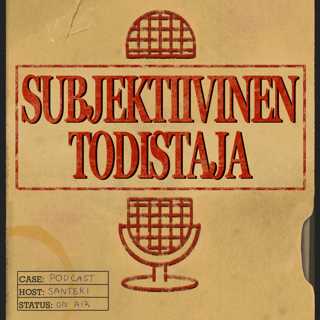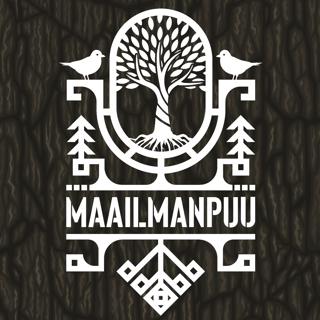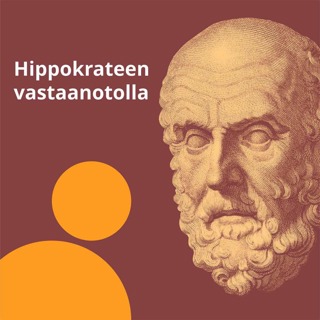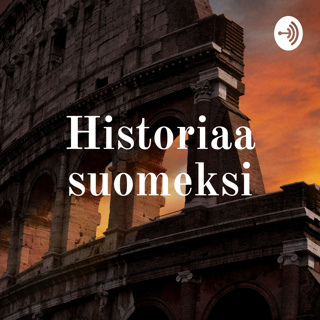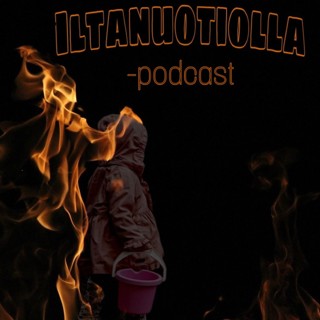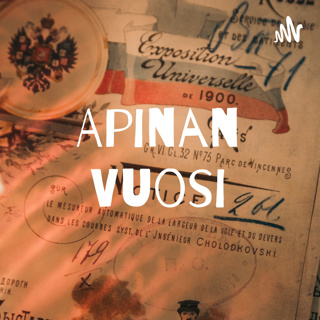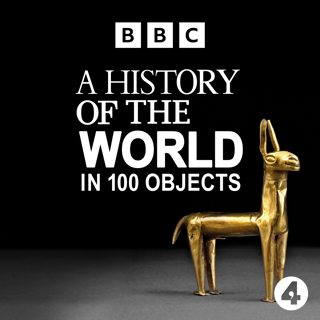
Indus Seal
The ancient city of Harappa lies around 150 miles north of Lahore in Pakistan. It was once one of the great centres of a civilisation that has largely disappeared, one with vast trade connections and boasting several of the world's first cities. At a time when another great civilisation was being forged along the banks of the river Nile in Egypt, Neil MacGregor investigates this much less well-known civilisation on the banks of the Indus Valley. He introduces us to a series of little stone seals that are four-and-a-half thousand years old, covered in carved images of animals and probably used in trade. The civilisation built over 100 cities, some with sophisticated sanitation systems, big scale architecture and even designed around a modern grid layout. The great modern architect Sir Richard Rogers considers the urban planning of the Indus Valley, while the historian Nayanjot Lahiri looks at how this lost civilisation is remembered - by both modern India and Pakistan.
3 Helmi 201013min

Standard of Ur
Neil MacGregor with this week's examination of the first great civilisations with one of the most spectacular discoveries of ancient royal goods. The magnificent gold and silver jewellery was found nearly 100 years ago at a royal burial site in the City of Ur in Southern Iraq, at the heart of one of the first great civilisations in the world. It leads Neil MacGregor to contemplate the nature of kingship and power in Mesopotamia. The Standard of Ur is a set of mosaic scenes that show powerful images of battle and regal life and that remain remarkably well preserved given its fourand a half thousand year old history. Contributors include sociologist Anthony Giddens, on the growing sophistication of societies at this time, and the archaeologist Lamia Al-Gailani who considers what Ancient Mesopotamia means to the people of modern day Iraq.
2 Helmi 201014min

King Den's Sandal Label
This week, Director of the British Museum Neil MacGregor investigates the impact on human society of large numbers of people coming together in the world's first cities between 5000 and 2000 BC. As they did so, they developed new trade links, the first handwriting, and new forms of leadership and beliefs. All of these innovations are present in today's object; a small label made of hippo ivory that was attached to the sandal that one of the earliest known kings of Egypt, King Den, took his grave. The label not only depicts the king in battle against unknown foes but also boasts the first writing in this history of the world - hieroglyphs that describe the king and his military conquests. Neil MacGregor and contributors consider whether this is just the first indication that there would never be civilisation without war
1 Helmi 201013min

Jomon Pot
A History of the World told through 100 objects from the British Museum moves to Japan and the story of a 7,000-year-old clay pot which has managed to remain almost perfectly intact. Pots began in Japan around 17000 years ago and, by the time this pot was made, had achieved a remarkable sophistication. Neil MacGregor, Director of the British Museum, explores the history of this cooking pot and the Jomon; the hunter-gatherer society that made it. The archaeologists Professor Takashi Doi and Simon Kaner describe the significance of agriculture to the Jomon and the way in which they made their pots and used decorations from the natural world around them. This particular pot is remarkable in that it was lined with gold leaf in perhaps the 18th century and used in that quintessentially Japanese ritual, the tea ceremony. This simple clay object makes a fascinating connection between the Japan of today and the emerging world of people in Japan at the end of the Ice Age
29 Tammi 201014min

Maya Maize God Statue
This week Neil MacGregor is exploring the growing importance of agriculture around the world at the end of the Ice Age, with objects that show and celebrate the key elements of the time; power, sex, worship and food. Today the series focuses on the world of the Mayan civilisation and a stone Maize God, discovered on the site of a major Mayan city in present-day Honduras. This large statue is wearing a headdress in the shape of a giant corn cob. Maize was not only worshipped at that time but the Maya also believed that all their ancestors were descended from maize. Neil MacGregor reveals why maize, which is notoriously difficult to refine for human consumption, becomes so important to the emerging agriculture of the region. Neil is joined by the anthropologist Professor John Staller and the restaurateur Santiago Calva who explain the complexity of Mayan mythological belief and the ongoing power of maize in Central America today
28 Tammi 201013min

Egyptian Clay Model of Cattle
Neil MacGregor, in his history of mankind as told through objects at the British Museum, selects four miniature clay cows to show the major changes that early man was undergoing at the end of the Ice Age. These four frail looking cows were made from Nile mud in Egypt 5,500 years ago, way before the time of the pyramids or the pharaohs. Why did the Egyptians start burying objects like this one with their dead? Neil goes in search life and death on the Nile and discovers how the domestication of cattle made the humble cow transformed human existence.
27 Tammi 201013min

Ain Sakri Lovers Figuerine
The British Museum's Director, Neil MacGregor, investigates a palm-sized stone sculpture that was found near Bethlehem. It clearly shows a couple entwined in the act of love. The contemporary sculptor Marc Quinn responds to the stone as art and the archaeologist Dr Ian Hodder considers the Natufian society that produced it. What was human life and society actually like all those years ago? Possibly a lot more sophisticated than we imagine!
26 Tammi 201013min

Bird-shaped Pestle
Neil MacGregor continues his retelling of human history using 100 selected objects from the British Museum. This week he explores the profound changes that humans experienced at the end of the Ice Age. By this period, humanity is reconsidering its place in the world and turning its attention to food, power, worship, and human relationships.But then, as now, one of the most important parts of human existence was finding enough food to survive. Taking a pestle from Papua New Guinea as an example, Neil asks why our ancestors decided to grow and cook new foods. The answer provides us with a telling insight into the way early humans settled on the land. Becoming farmers and eating food that was harder for other animals to digest made us a formidable force in the food chain. The impact on our environment of this shift to cookery and cultivation is still being felt.Neil is joined by Indian food writer Madhur Jaffrey, campaigner Sir Bob Geldof and archaeologist Professor Martin Jones
25 Tammi 201013min


